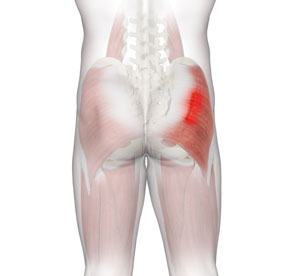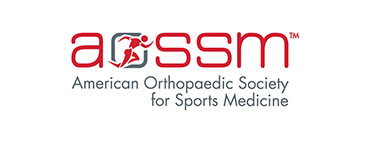
What is a Gluteal Strain?
A gluteal strain is a condition characterized by a partial or complete tear of the gluteus muscles, also known as the buttocks. The gluteus muscles are a group of strong muscles present at the back of the pelvis. These muscles help with the movement and stabilization of the hip joint.
Gluteal strains are classified into 3 grades:
Grade 1: A few muscle fibers are torn and cause pain.
Grade 2: A significant number of muscle fibers are torn.
Grade 3: All muscle fibers are torn.
Causes of Gluteal Strain
Causes of gluteal strain include:
- Accelerating too quickly while running
- Direct blow to the gluteal muscles
- Dancing
- Soccer
- Hurdling
- Jumping
- Weightlifting
- Kicking
Symptoms of Gluteal Strain
Symptoms of gluteal strain include:
- Muscle stiffness
- Pain
- Bruising
- Weakness
- Tenderness
- Swelling
Diagnosis of Gluteal Strain
Your doctor will review your medical history and symptoms and conduct a physical examination, including an assessment of your muscle strength and gait. Your doctor may also recommend the following diagnostic tests:
- MRI Scan: This study uses a large magnetic field and radio waves to produce images that help in detecting any pathological changes to the muscles.
- CT Scan: This scan uses multiple X-rays to produce detailed cross-section images of the pelvic region.
- X-rays: This study uses electromagnetic beams to produce images of the bones and can detect fractures of the hip and pelvis.
- Ultrasound: This study uses high-frequency sound waves to produce images of the buttock muscles.
Treatment for Gluteal Strain
The main objective when treating a gluteal strain is to restore the normal function of the gluteus muscle. Some common treatment methods include:
- RICE Therapy
- Rest: Your doctor will advise you to avoid high-impact exercises and activities.
- Ice: Apply ice to relieve pain and inflammation.
- Compression: Pressure should be applied using an elastic bandage to the affected site to reduce pain.
- Elevation: You will be instructed to elevate your leg to relieve swelling.
- Medications: Your doctor will recommend non-steroidal anti-inflammatory drugs to reduce inflammation and pain.
- Exercise: Physical therapy and stretching exercises will be recommended to restore range of motion and enhance your flexibility.
- Lifestyle Modifications: Use of a pillow between your legs when sleeping to avoid positions that overstretch the muscle.
- Assistive Devices: A cane or crutches may be used temporarily to relieve pain.
- Massage Therapy: A hands-on technique to reduce muscle tightness.
- Sport-Specific Exercises: Targeted exercises to prevent re-injury of the gluteus muscle.
- Ultrasound Therapy: This accelerates the healing of injured tissue.




